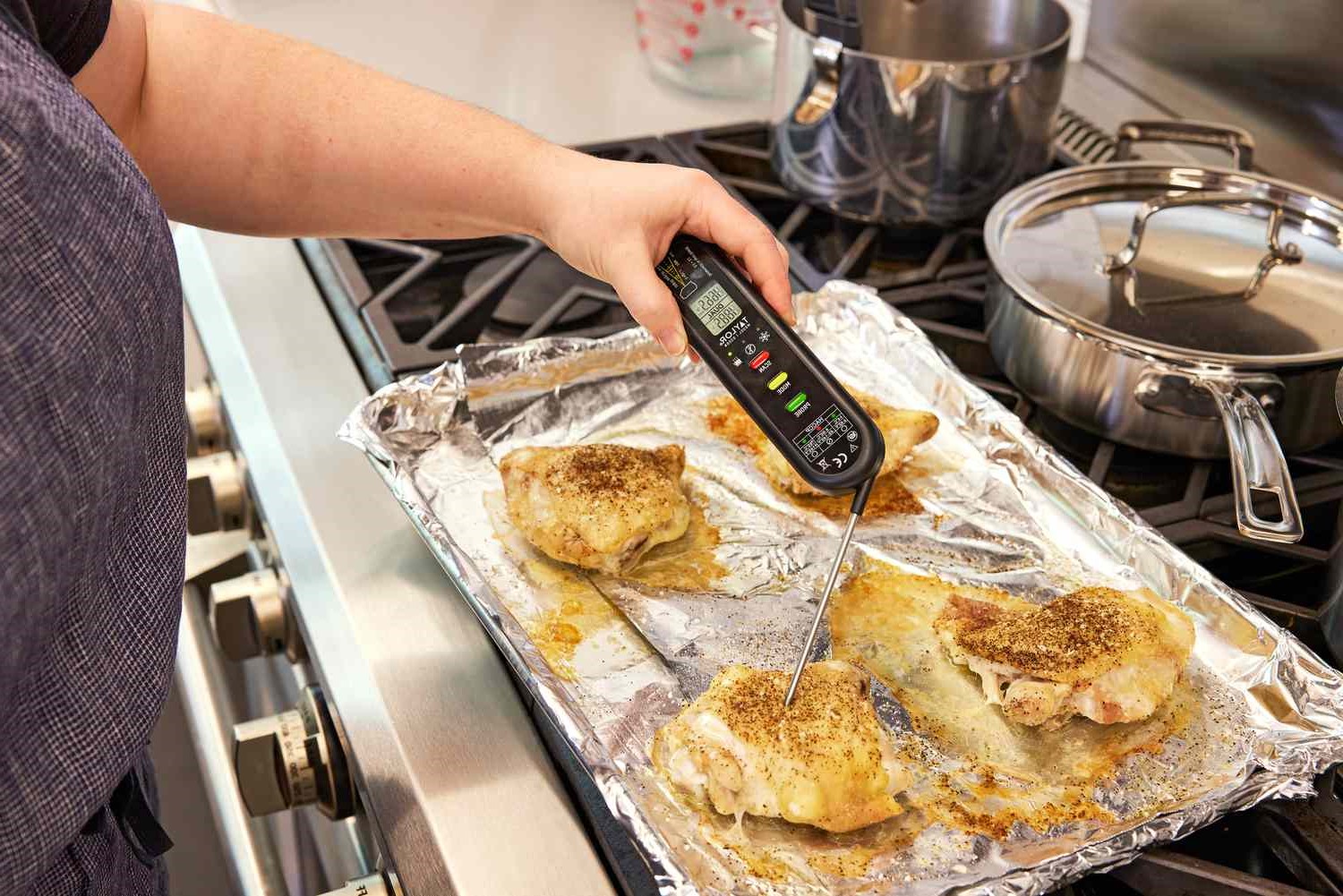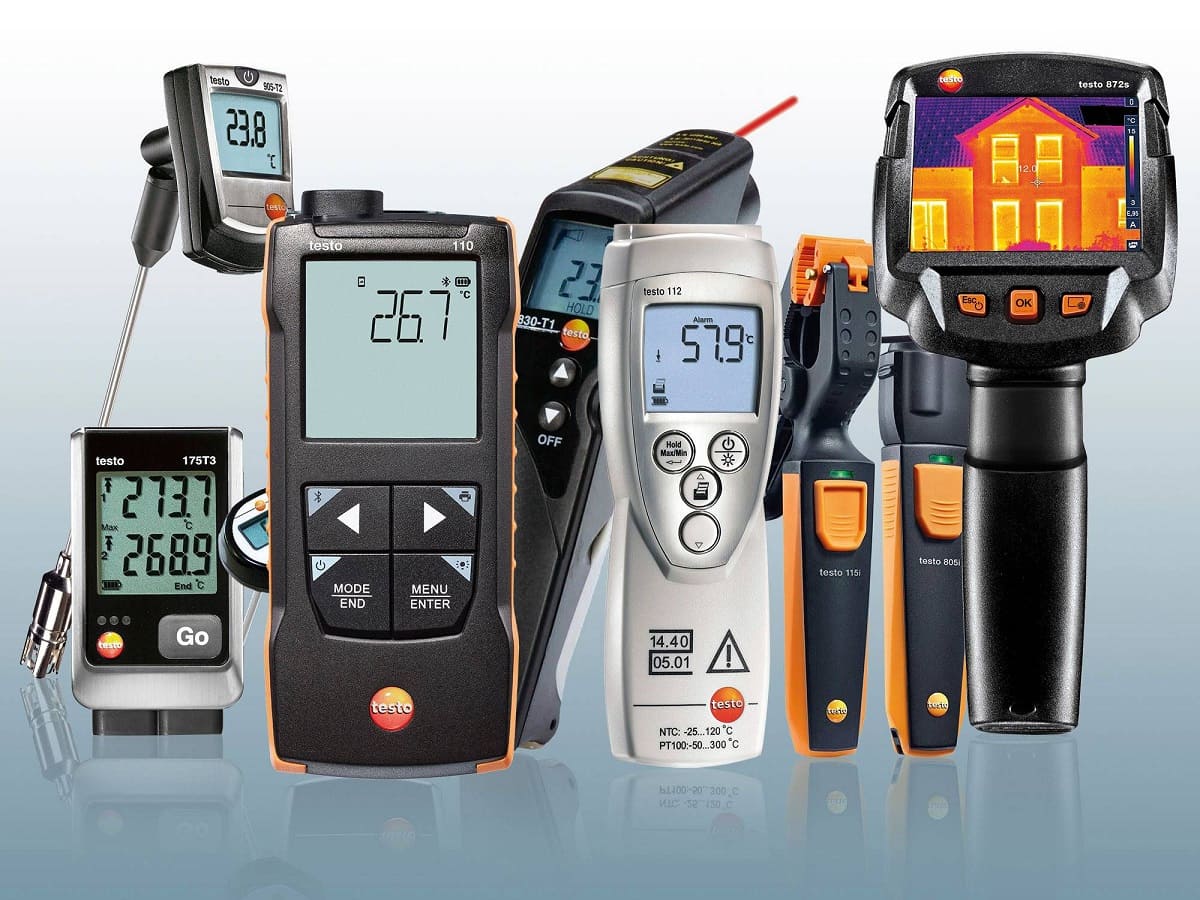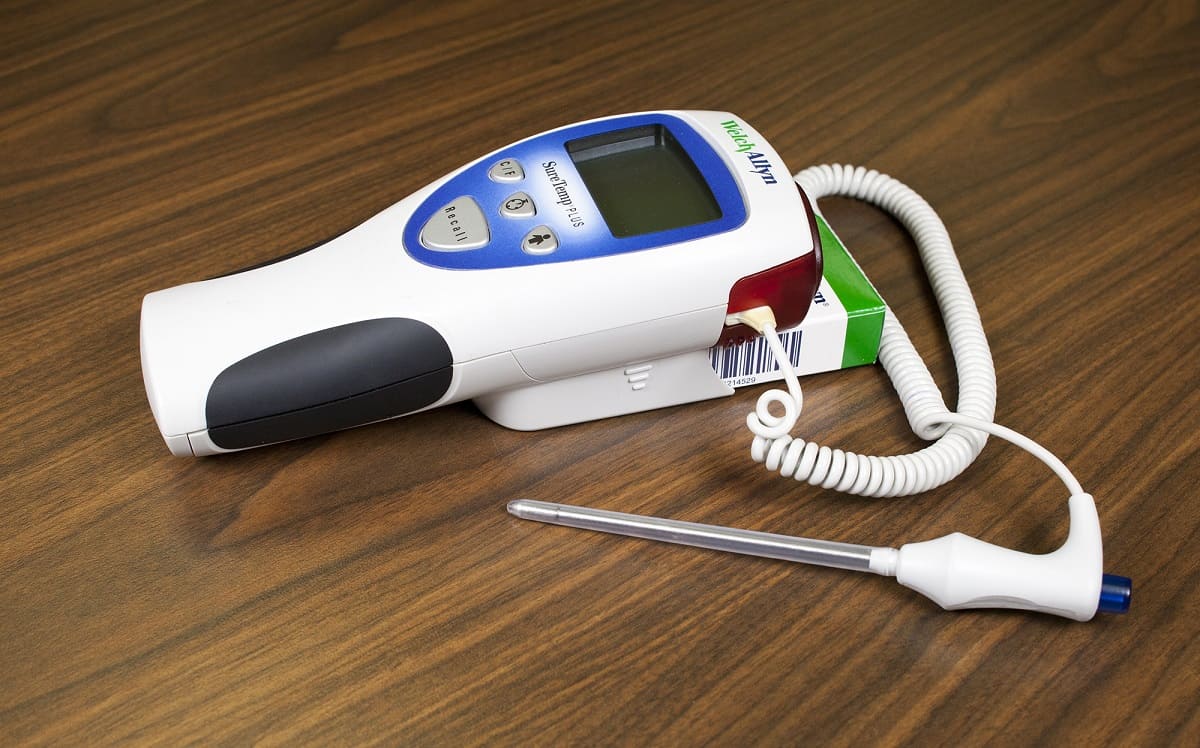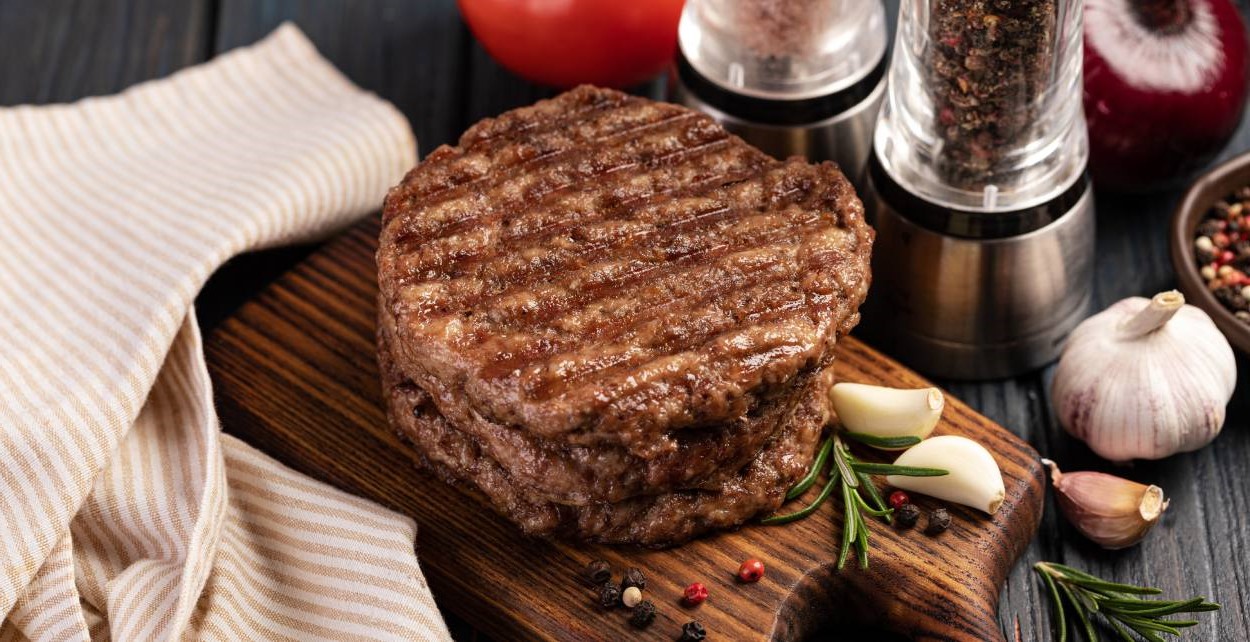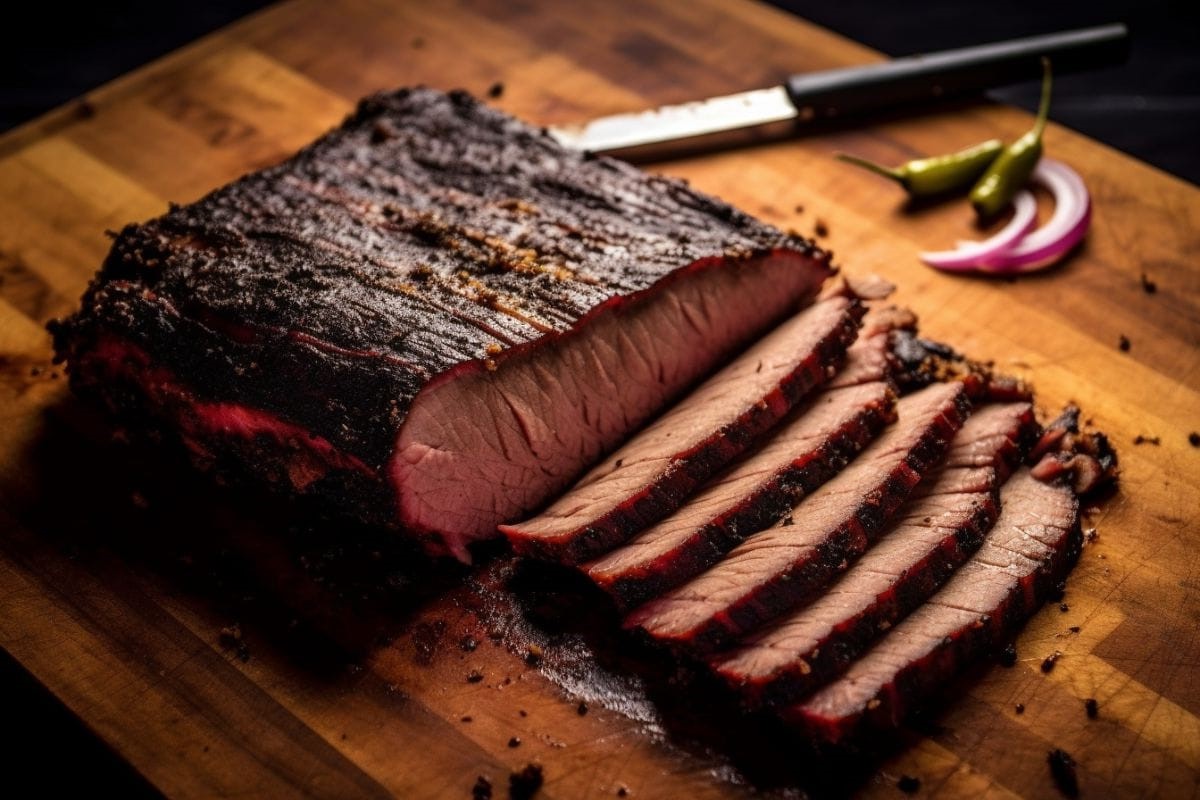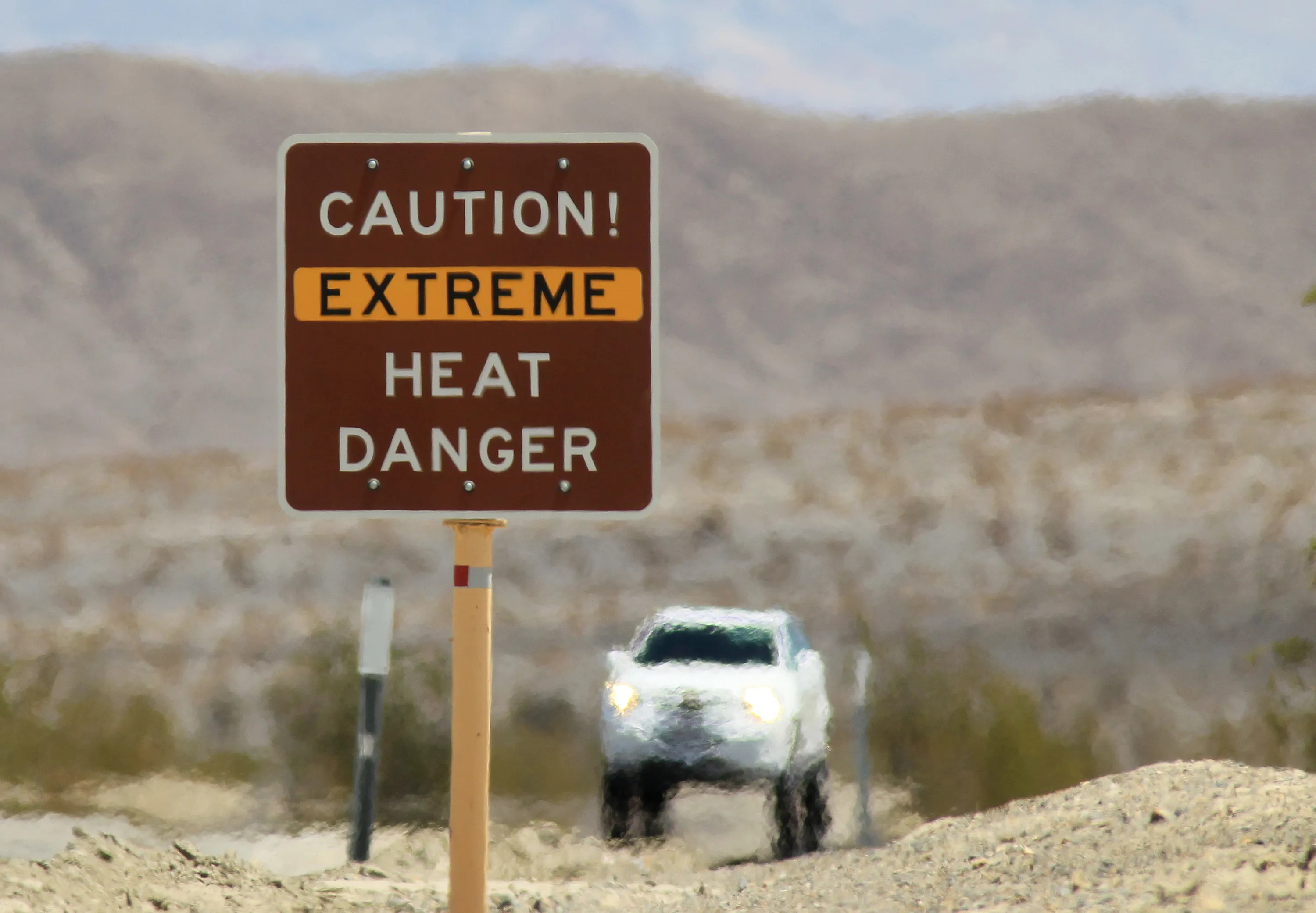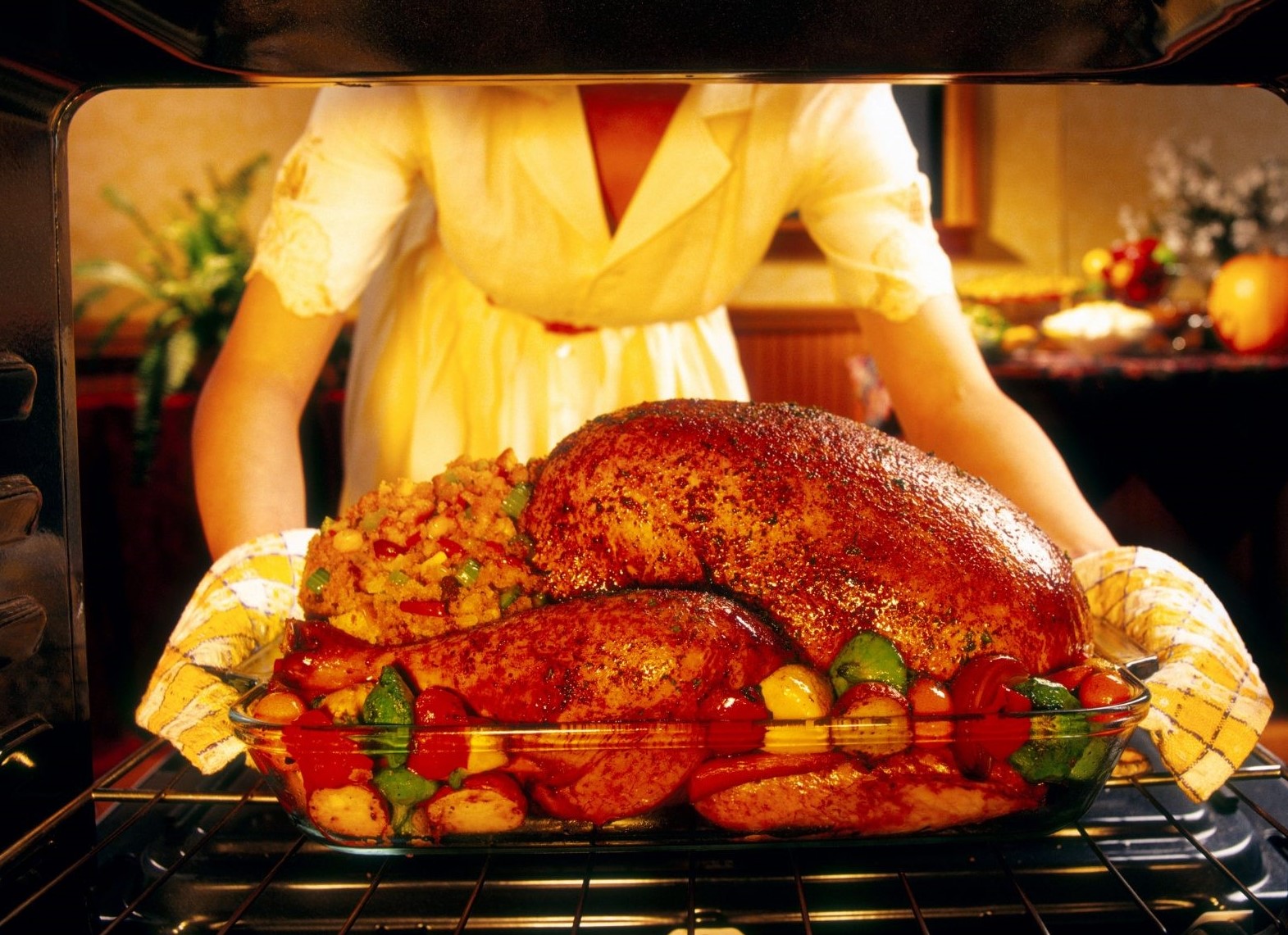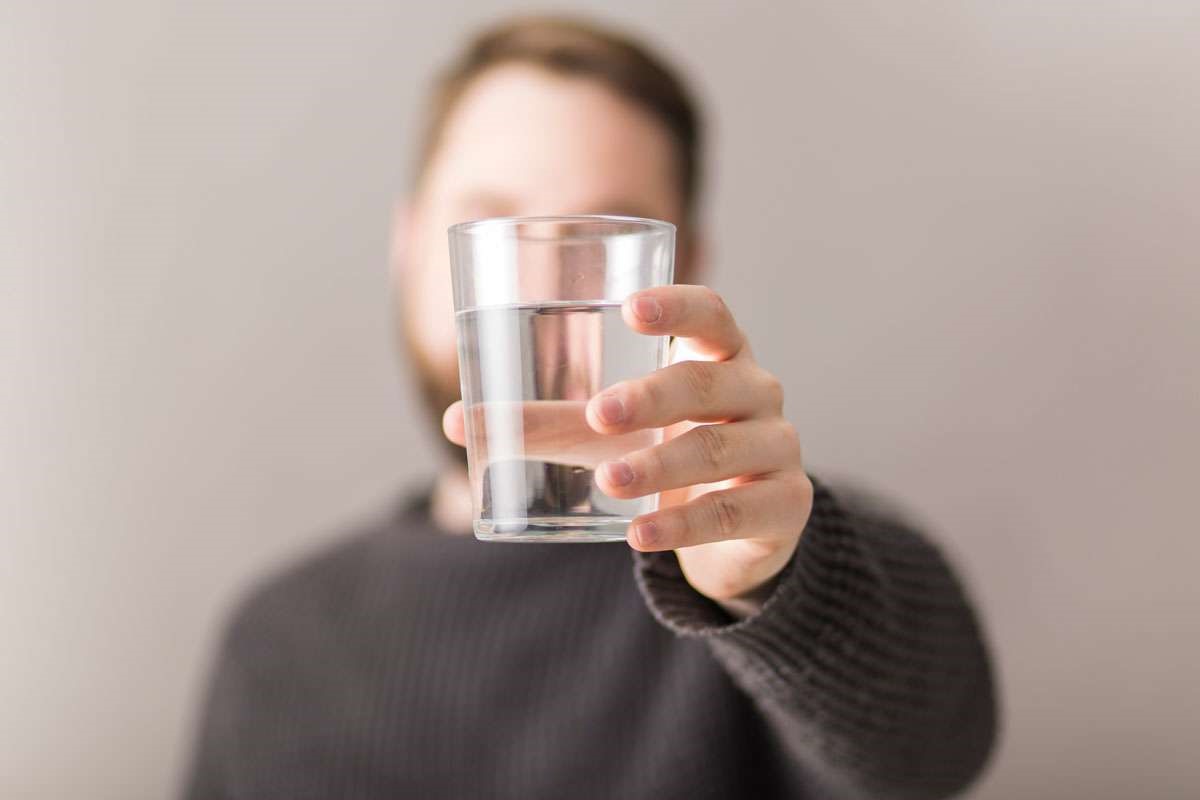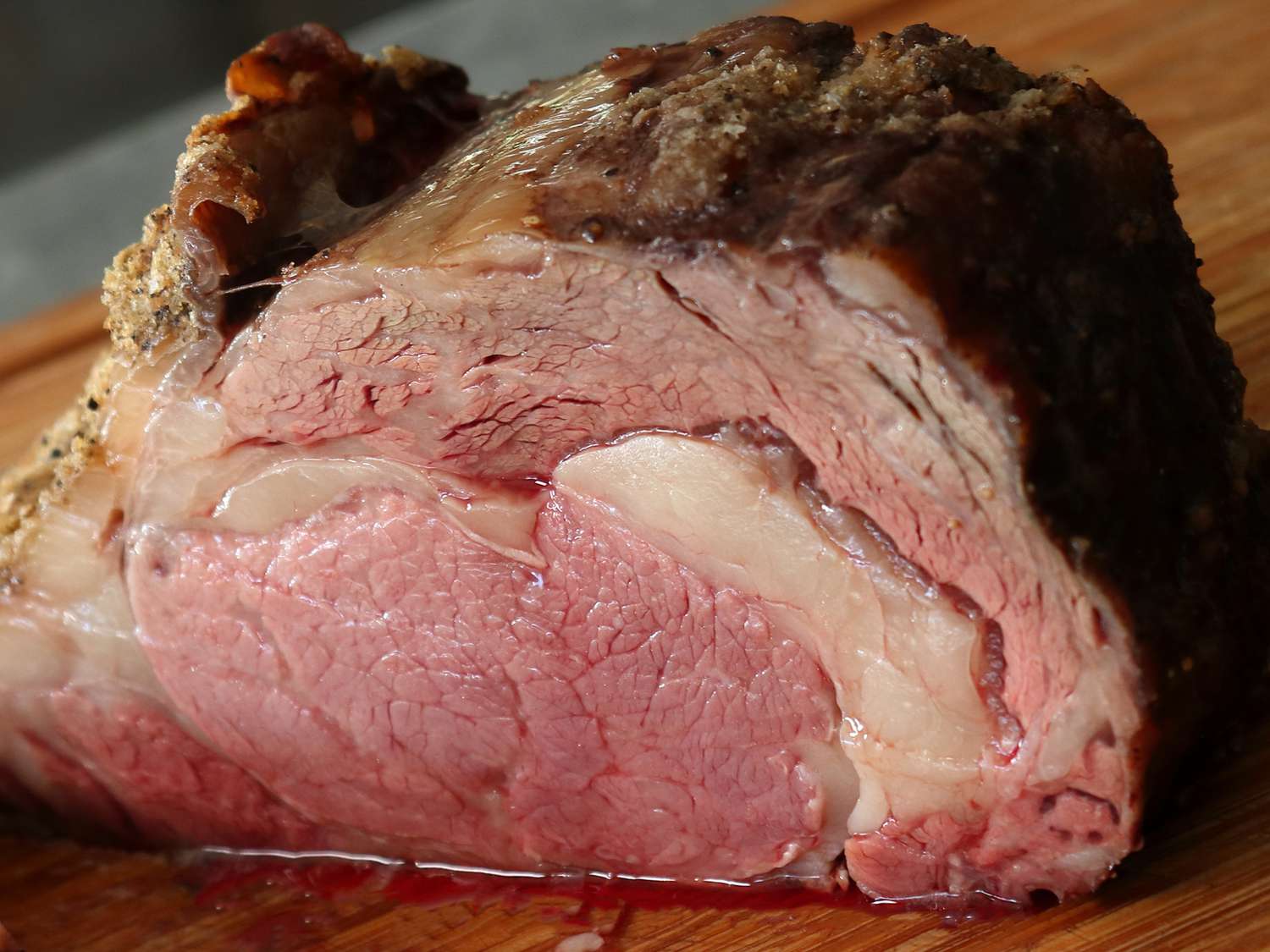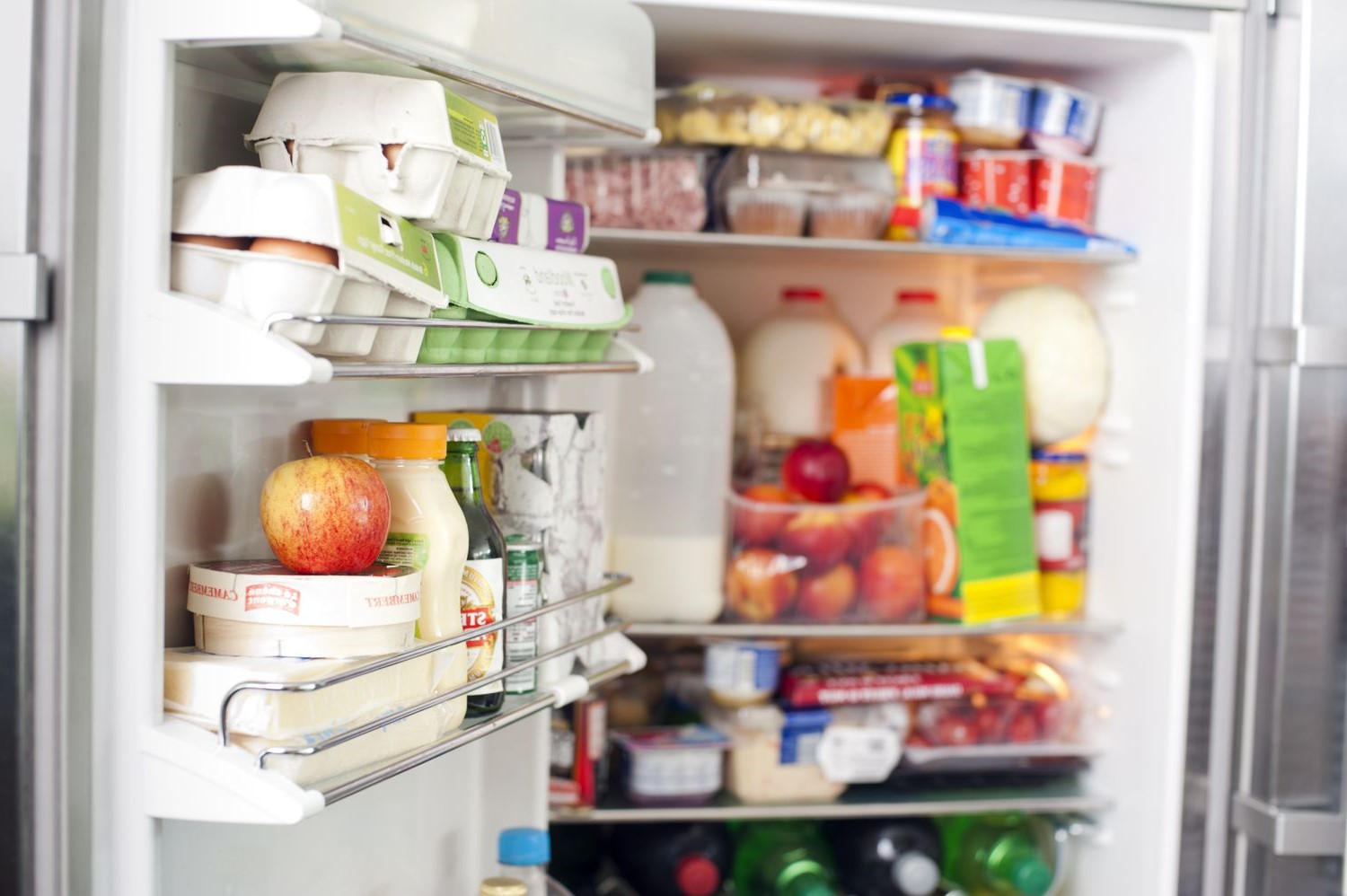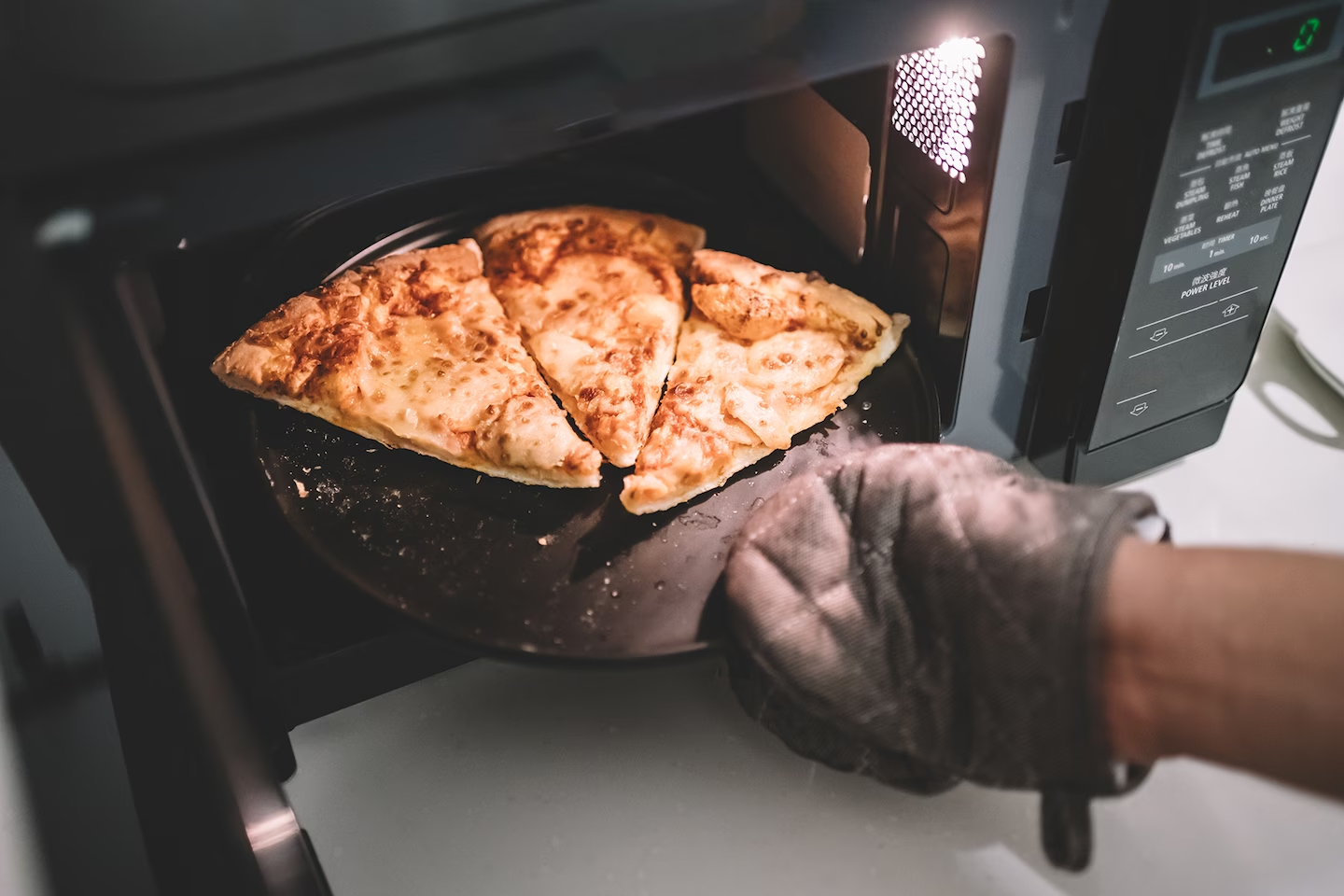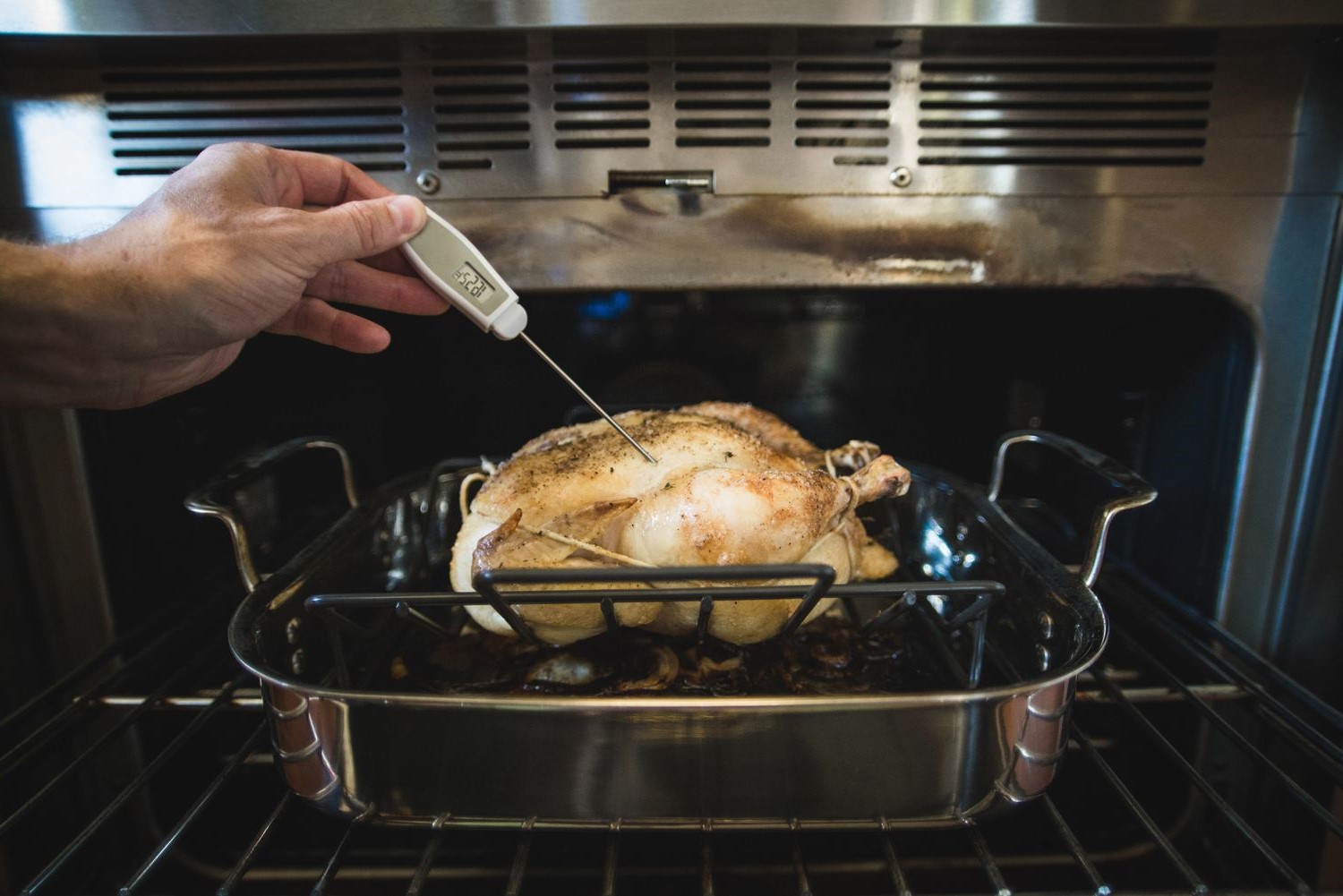Home>Culinary & Beverages>The Importance Of Measuring Food Temperatures At Multiple Locations
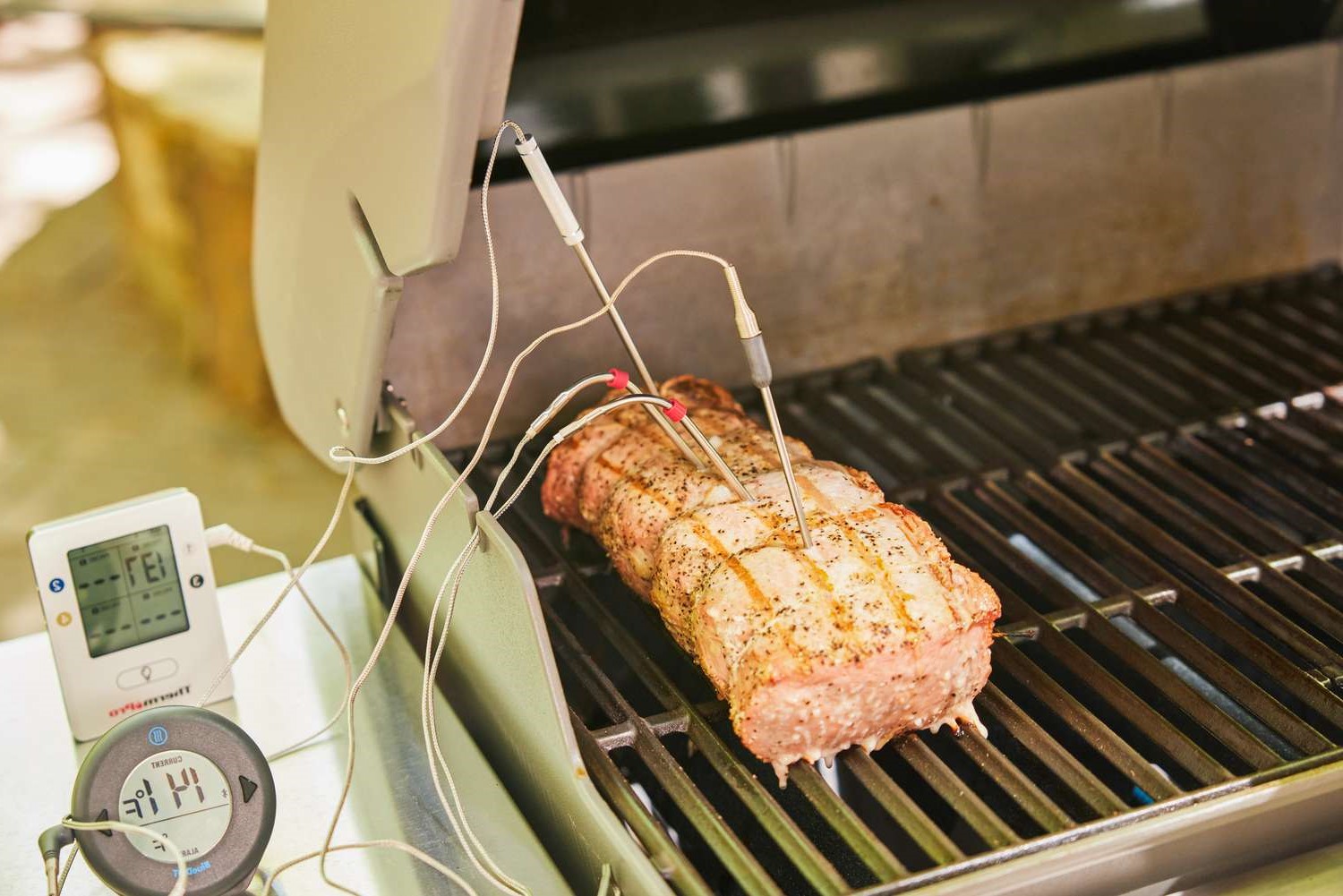

Culinary & Beverages
The Importance Of Measuring Food Temperatures At Multiple Locations
Published: March 3, 2024
Learn the significance of measuring food temperatures at various points to ensure culinary and beverage safety. Discover best practices for accurate temperature monitoring.
(Many of the links in this article redirect to a specific reviewed product. Your purchase of these products through affiliate links helps to generate commission for Temperatures.com, at no extra cost. Learn more)
Table of Contents
Introduction
Ensuring food safety is a critical aspect of culinary and beverage operations. The significance of maintaining proper food temperatures cannot be overstated, as it directly impacts the health and well-being of consumers. In the culinary world, the adage "you are what you eat" holds true, emphasizing the importance of serving food that is not only delicious but also safe for consumption.
Temperature measurement plays a pivotal role in guaranteeing the safety and quality of food products. From the moment ingredients are received to the final stages of food preparation, maintaining the right temperatures is essential. This is not only a matter of regulatory compliance but also a fundamental aspect of culinary professionalism and ethical responsibility.
In this article, we will delve into the intricacies of food temperature measurement, exploring why it is crucial to measure food temperatures at multiple locations. By understanding the significance of this practice and the best methods for implementation, culinary professionals can elevate their standards and ensure that the food they serve is consistently safe and enjoyable.
The journey of food from its raw state to the finished dish involves various stages, each demanding meticulous attention to temperature control. Whether it's the storage of perishable ingredients, the cooking process, or the holding and serving of prepared dishes, the impact of temperature on food safety cannot be overlooked. Therefore, a comprehensive understanding of food temperature measurement is indispensable for anyone involved in the culinary and beverage industry.
As we embark on this exploration, it's important to recognize that the commitment to food safety extends beyond regulatory requirements. It reflects a dedication to excellence and a genuine concern for the well-being of those who partake in the culinary creations. With this in mind, let's delve into the world of food temperature measurement and uncover the reasons why measuring food temperatures at multiple locations is a practice of utmost importance.
Understanding Food Temperature Measurement
Food temperature measurement is a fundamental aspect of culinary and beverage operations, encompassing a range of techniques and tools designed to ensure that food products are safe for consumption. The process involves the assessment of temperatures at various stages of food handling, from the moment ingredients are received to the final presentation of dishes. Understanding the intricacies of food temperature measurement is essential for maintaining the integrity and safety of culinary creations.
At its core, food temperature measurement revolves around the concept of controlling the internal and external temperatures of food products. This is crucial for inhibiting the growth of harmful bacteria and pathogens, which thrive in conditions that fall within the temperature danger zone of 40°F to 140°F (4°C to 60°C). By monitoring and regulating temperatures, culinary professionals can mitigate the risk of foodborne illnesses and uphold the quality of their offerings.
The process of food temperature measurement extends beyond simply gauging the surface temperature of a dish. It involves penetrating the thickest part of the food item to obtain an accurate reading of its internal temperature. This practice is particularly vital for items such as poultry, ground meats, and casseroles, where ensuring that the internal temperature reaches a specific threshold is imperative for food safety.
Moreover, understanding food temperature measurement entails familiarity with the recommended temperature standards for different types of food. For instance, while whole cuts of beef and pork should reach an internal temperature of 145°F (63°C), poultry products require a higher temperature of 165°F (74°C) to guarantee their safety for consumption. By adhering to these guidelines, culinary professionals can uphold the highest standards of food safety and quality.
In essence, food temperature measurement is a multifaceted discipline that demands precision, knowledge, and adherence to best practices. By comprehensively understanding the principles and techniques involved, culinary and beverage professionals can elevate their commitment to food safety and ensure that every dish served is not only delectable but also free from potential hazards.
Importance of Measuring Food Temperatures at Multiple Locations
Measuring food temperatures at multiple locations is a critical practice that significantly contributes to the overall safety and quality of culinary creations. While traditional temperature measurement often focuses on surface readings, the importance of assessing temperatures at various points within a food item cannot be overstated. This approach offers a comprehensive understanding of the food's internal temperature distribution, ensuring that it is uniformly heated to the required level for safe consumption.
One of the primary reasons for measuring food temperatures at multiple locations is to mitigate the risk of undercooking, which can lead to the presence of harmful bacteria and pathogens. By obtaining temperature readings from different areas of a food item, culinary professionals can identify any discrepancies in heating and take corrective measures to ensure that the entire product reaches the necessary temperature for pathogen elimination. This is particularly crucial for items with varying thickness or density, as different sections may require distinct heating durations to achieve uniform safety standards.
Furthermore, measuring food temperatures at multiple locations serves as a proactive approach to safeguarding against potential foodborne illnesses. It provides a comprehensive assessment of the food's thermal profile, allowing for the detection of any areas that may not have reached the requisite temperature for pathogen destruction. This meticulous approach aligns with the commitment to serving food that not only tantalizes the taste buds but also upholds the highest standards of safety and hygiene.
In addition, the practice of measuring food temperatures at multiple locations reinforces consistency in culinary operations. By ensuring that every part of a food item meets the prescribed temperature standards, culinary professionals can deliver dishes that are uniformly safe for consumption. This consistency is essential for building trust and confidence among patrons, as it reflects a steadfast dedication to quality and safety in every culinary creation.
Moreover, the importance of measuring food temperatures at multiple locations extends to regulatory compliance and professional accountability. Adhering to stringent temperature measurement practices demonstrates a commitment to upholding industry standards and regulations, reinforcing the integrity of culinary and beverage establishments. It also reflects a sense of responsibility towards patrons, emphasizing the meticulous care taken to ensure that every dish meets the highest safety benchmarks.
In essence, the practice of measuring food temperatures at multiple locations is indispensable for safeguarding against undercooking, maintaining consistency, and upholding regulatory standards. By embracing this approach, culinary and beverage professionals can elevate their commitment to food safety and quality, ensuring that every creation that leaves their kitchen is not only a delight to the senses but also a testament to their unwavering dedication to excellence.
Best Practices for Measuring Food Temperatures
-
Use of Reliable Thermometers: Employing accurate and reliable thermometers is paramount when measuring food temperatures. Digital probe thermometers and thermocouple thermometers are widely favored for their precision and versatility. These instruments enable culinary professionals to obtain swift and accurate temperature readings, ensuring that food items are thoroughly and uniformly heated to the required levels for safe consumption.
-
Calibration of Thermometers: Regular calibration of thermometers is essential to maintain their accuracy. Culinary establishments should establish a routine calibration schedule to verify the precision of their thermometers. This practice guarantees that temperature measurements remain reliable, thereby upholding the integrity of food safety protocols.
-
Proper Placement of Thermometers: When measuring food temperatures, it is crucial to ensure that thermometers are inserted into the thickest part of the food item. This is particularly important for items such as roasts, poultry, and casseroles, where the internal temperature is a critical determinant of safety. By placing thermometers correctly, culinary professionals can obtain accurate readings that reflect the true thermal profile of the food product.
-
Regular Monitoring of Temperatures: Throughout the various stages of food handling, continuous monitoring of temperatures is imperative. From the storage of perishable ingredients to the cooking and holding of prepared dishes, regular temperature checks enable culinary professionals to identify and address any deviations from the prescribed safety standards. This proactive approach is instrumental in mitigating potential risks and upholding the quality of culinary offerings.
-
Adherence to Recommended Temperature Guidelines: Familiarity with the recommended temperature guidelines for different types of food is essential. Culinary professionals should diligently follow established standards, such as those outlined by the U.S. Food and Drug Administration (FDA) and the U.S. Department of Agriculture (USDA). By adhering to these guidelines, they can ensure that food items are heated to the appropriate temperatures, effectively eliminating harmful bacteria and pathogens.
-
Documentation of Temperature Records: Maintaining comprehensive records of temperature measurements is a fundamental aspect of food safety protocols. Culinary establishments should implement robust record-keeping practices to document temperature readings at various stages of food handling. This not only facilitates regulatory compliance but also serves as a valuable reference for internal quality control and process improvement initiatives.
By embracing these best practices for measuring food temperatures, culinary and beverage professionals can fortify their commitment to food safety and quality. These guidelines not only serve as pillars of excellence but also underscore the unwavering dedication of culinary establishments to ensuring that every dish served is a testament to their steadfast pursuit of culinary mastery and consumer well-being.
Tools and Equipment for Measuring Food Temperatures
Accurate and reliable tools and equipment are indispensable for precise food temperature measurement in culinary and beverage operations. The selection of appropriate instruments plays a pivotal role in ensuring that food products are heated to the required temperatures for safe consumption. Here are the essential tools and equipment utilized for measuring food temperatures:
1. Digital Probe Thermometers
Digital probe thermometers are widely favored for their versatility and accuracy. These instruments feature a metal probe that can be inserted into food items to obtain swift and precise temperature readings. The digital display provides real-time temperature measurements, allowing culinary professionals to monitor the progress of heating processes with ease and precision.
2. Thermocouple Thermometers
Thermocouple thermometers are renowned for their rapid response times and high accuracy. These instruments utilize thermocouple sensors to measure temperature, offering quick and reliable readings. With their ability to deliver precise results across a wide temperature range, thermocouple thermometers are invaluable for ensuring that food items are thoroughly heated to the prescribed safety levels.
3. Infrared Thermometers
Infrared thermometers, also known as laser thermometers, are designed to measure surface temperatures without direct contact. These non-invasive instruments emit infrared beams to detect the temperature of food items from a distance. Infrared thermometers are particularly useful for assessing the surface temperatures of items such as grills, stovetops, and hot holding equipment, providing valuable insights into heat distribution and potential hot spots.
4. Data Loggers
Data loggers are electronic devices equipped with sensors to continuously monitor and record temperature levels. These instruments are instrumental for tracking temperature variations over time, making them ideal for use in cold storage units, refrigerators, and freezers. By capturing temperature data at regular intervals, data loggers enable culinary professionals to identify trends and deviations, facilitating proactive measures to maintain optimal storage conditions for perishable ingredients.
5. Calibration Tools
Calibration tools, including ice baths and boiling water baths, are essential for verifying the accuracy of thermometers. Ice baths, maintained at a specific temperature using a mixture of ice and water, serve as a reference point for assessing the precision of thermometers at lower temperature ranges. Boiling water baths, set at the boiling point of water, enable the calibration of thermometers for higher temperature measurements. Regular calibration using these tools ensures that temperature readings remain reliable and accurate.
6. Temperature Monitoring Systems
Advanced temperature monitoring systems, comprising wireless sensors and centralized monitoring units, offer real-time visibility into temperature conditions across culinary facilities. These systems provide continuous monitoring and alert notifications for temperature deviations, empowering culinary professionals to swiftly address any anomalies and uphold stringent food safety standards.
By leveraging these tools and equipment for measuring food temperatures, culinary and beverage professionals can elevate their capacity to ensure the safety and quality of their offerings. The meticulous selection and utilization of these instruments reflect a steadfast commitment to precision, excellence, and the unwavering pursuit of culinary mastery.
Conclusion
In the realm of culinary and beverage operations, the significance of measuring food temperatures at multiple locations cannot be overstated. This practice serves as a cornerstone of food safety and quality, underpinning the commitment of culinary professionals to ensuring that every dish served is not only a delight to the senses but also a testament to their unwavering dedication to excellence.
By comprehensively understanding the principles and techniques of food temperature measurement, culinary and beverage professionals can fortify their capacity to uphold the highest standards of safety and hygiene. The meticulous assessment of temperatures at various points within food items enables the identification of potential undercooking and ensures uniform heating for pathogen elimination. This proactive approach safeguards against the risk of foodborne illnesses and reinforces the consistency and reliability of culinary offerings.
Embracing best practices for measuring food temperatures, including the use of reliable thermometers, regular calibration, proper placement of instruments, and adherence to recommended temperature guidelines, empowers culinary professionals to elevate their commitment to food safety. These practices not only align with regulatory requirements but also reflect a genuine dedication to serving food that is consistently safe and enjoyable.
Furthermore, the selection and utilization of accurate tools and equipment for measuring food temperatures, such as digital probe thermometers, thermocouple thermometers, infrared thermometers, data loggers, calibration tools, and temperature monitoring systems, underscore the meticulous care taken to ensure the safety and quality of culinary creations. These instruments serve as invaluable allies in the pursuit of precision and excellence, enabling culinary professionals to navigate the complexities of temperature control with confidence and proficiency.
In essence, the practice of measuring food temperatures at multiple locations encapsulates the ethos of culinary professionalism and ethical responsibility. It embodies a steadfast commitment to consumer well-being, regulatory compliance, and the unwavering pursuit of culinary mastery. By embracing this practice, culinary and beverage professionals not only elevate the safety and quality of their offerings but also reaffirm their dedication to serving food that is a testament to the highest standards of excellence.
